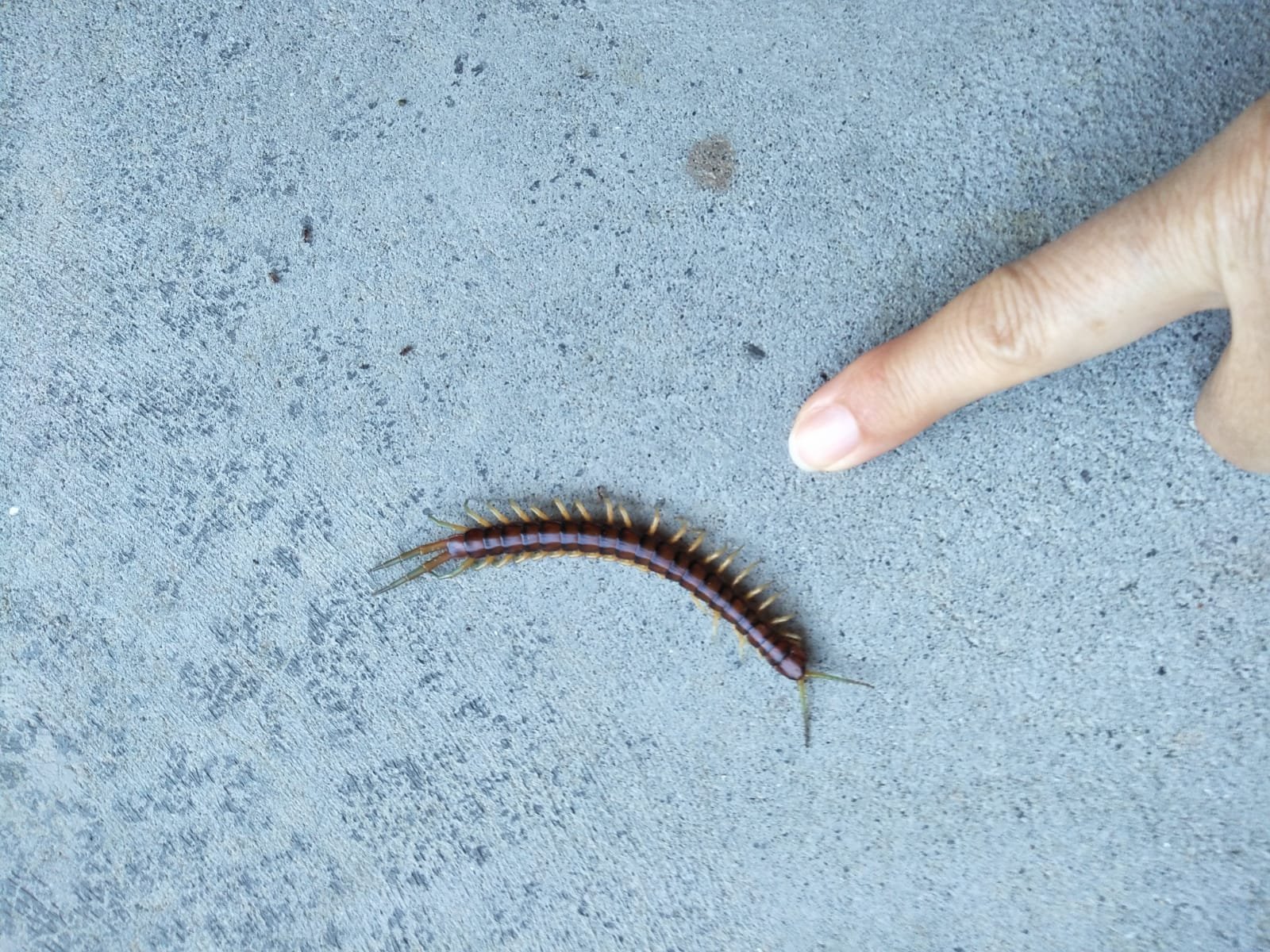
Science - 12 years Plus
-

The Return of the God Hypothesis: Three Scientific Discoveries That Reveal the Mind Behind the Universe by Stephen Meyer
Beginning in the late 19th century, many intellectuals began to insist that scientific knowledge conflicts with the traditional theistic belief—that science and belief in God are “at war.” Philosopher of science Stephen Meyer challenges this view by examining three scientific discoveries with decidedly theistic implications. Building on the case for the intelligent design of life that he developed in Signature in the Cell and Darwin’s Doubt, Meyer demonstrates how discoveries in cosmology and physics coupled with those in biology help to establish the identity of the designing intelligence behind life and the universe.
-

Signature in the Cell by Stephen Meyer
This book presents a convincing case for intelligent design (ID), based on revolutionary discoveries in science and DNA. Along the way, Meyer argues that Charles Darwin’s theory of evolution as expounded in The Origin of Species did not, in fact, refute ID.
-

Darwin's Doubt by Stephen Meyer
When Charles Darwin finished The Origin of Species, he thought that he had explained every clue, but one. Though his theory could explain many facts, Darwin knew that there was a significant event in the history of life that his theory did not explain. During this event, the “Cambrian explosion,” many animals suddenly appeared in the fossil record without apparent ancestors in earlier layers of rock.
In Darwin’s Doubt, Stephen C. Meyer tells the story of the mystery surrounding this explosion of animal life—a mystery that has intensified, not only because the expected ancestors of these animals have not been found, but because scientists have learned more about what it takes to construct an animal. During the last half century, biologists have come to appreciate the central importance of biological information—stored in DNA and elsewhere in cells—to building animal forms.
-

Explore Evolution by Stephen C. Meyer
The purpose of Explore Evolution is to examine the scientific controversy about Darwin's theory, and in particular, the contemporary version of the theory known as neo-Darwinism. Whether you are a teacher, a student, or a parent, this book will help you understand what Darwin's theory of evolution is, why many scientists find it persuasive, and why other scientists question the theory or some key aspects of it. Sometimes, scientists find that the same evidence can be explained in more than one way. When there are competing theories, reasonable people can (and do) disagree about which theory best explains the evidence. Furthermore, in the historical sciences, neither side can directly verify its claims about past events. Fortunately, even though we can't directly verify these claims, we can test them. How? First, we gather as much evidence as possible and look at it carefully. Then, we compare the competing theories in light of how well they explain the evidence. Looking at the evidence and comparing the competing explanations will provide the most reliable path to discovering which theory, if any, gives the best account of the evidence at hand. In science, it is ultimately the evidence-and all of the evidence-that should tell us which theory offers the best explanation. This book will help you explore that evidence, and we hope it will stimulate your interest in these questions as you weigh the competing arguments.
For supplementary use in biology. -

Darwin's Black Box: The Biochemical Challenge to Evolution by Michael J. Behe
The purpose of Explore Evolution is to examine the scientific controversy about Darwin's theory, and in particular, the contemporary version of the theory known as neo-Darwinism. Whether you are a teacher, a student, or a parent, this book will help you understand what Darwin's theory of evolution is, why many scientists find it persuasive, and why other scientists question the theory or some key aspects of it. Sometimes, scientists find that the same evidence can be explained in more than one way. When there are competing theories, reasonable people can (and do) disagree about which theory best explains the evidence. Furthermore, in the historical sciences, neither side can directly verify its claims about past events. Fortunately, even though we can't directly verify these claims, we can test them. How? First, we gather as much evidence as possible and look at it carefully. Then, we compare the competing theories in light of how well they explain the evidence. Looking at the evidence and comparing the competing explanations will provide the most reliable path to discovering which theory, if any, gives the best account of the evidence at hand. In science, it is ultimately the evidence-and all of the evidence-that should tell us which theory offers the best explanation. This book will help you explore that evidence, and we hope it will stimulate your interest in these questions as you weigh the competing arguments.